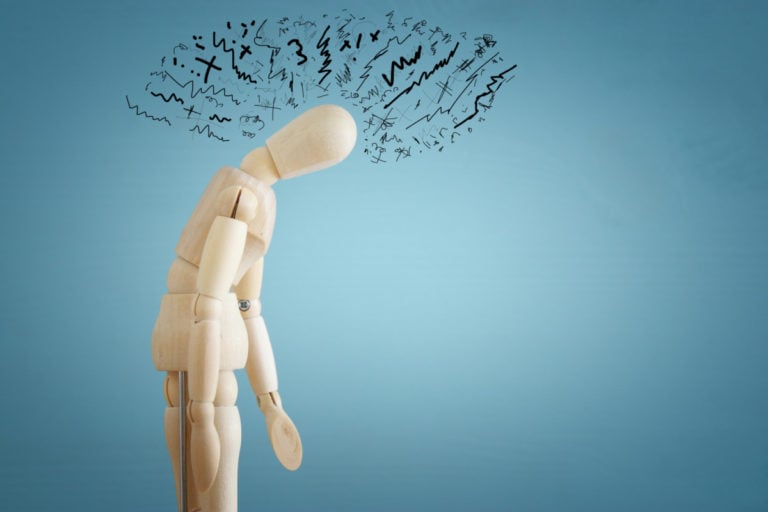Probably everyone has already heard about psychosomatics. And a huge amount of this information gives rise to a huge number of myths, which, unfortunately, leads to confusion for parents, the inability to help the child, and sometimes even to the danger of harm.
Let’s try to understand the myths that I most often hear from parents who come to appointments with their children.
Myth No. 1 – Children do not have psychosomatics
You can often hear from adults: “All diseases come from nerves.” But as soon as it comes to diagnosing diseases in their children, for some reason this idea is difficult for many to accept. “What kind of stress do they have stress? They don’t even work! They don’t even bear responsibility for anything! Why should they be upset? Live and be happy!” – this is often what I hear at the first appointments. In fact, for a child the entire world around us is a much greater stress factor than for us.
Firstly, his nervous system has not yet formed, secondly, because there are no psychological skills to overcome stress, and thirdly, for the child everything is happening for the first time. Can you imagine what it would be like for us if we were placed one day on a new planet with new laws of nature and society? Live and be happy? And it’s also good if everyone on this planet is friendly and has everything necessary for existence.
Let’s figure out what this “psychosomatics” is? This term combines a number of phenomena in which psychological factors provoke the appearance of somatic (bodily) “symptoms”. The same word denotes a direction in medicine and psychology that studies and describes such phenomena.
Today, WHO provides the following statistics: the proportion of psychosomatic patients visiting doctors is about 40-50% . Can you imagine what percentage of people do not turn to doctors for such problems? In addition, every year the list of “psychosomatic diseases” grows, as does the number of factors that provoke their appearance.
Myth No. 2 – Psychosomatics of a child is always about illness

Let’s ask ourselves the question: “What is “my body”?” How do we determine what belongs to us and what belongs to the world? Imagine: a child had a tooth and it fell out. A new one has grown. Is it his? Yes! And the old one that fell out? Probably not now. What if a prosthesis was inserted? We also feel it, as a part of our own body. Or we treated a tooth, the doctor made a cavity – it feels like a foreign one. Over time, this feeling begins to disappear. Such bodily phenomena connect our “psyche” and our “somatics”.
When a child is born, he has a very small number of ways to interact with the world around him. The baby’s main language is his body, which is endowed with natural needs by nature. This is exactly how the language of psychosomatics begins to develop (although there are studies that psychosomatic illness can develop in the womb with great emotional experiences in the mother). With age, body language absorbs all social, cultural and historical features, becoming a real indicator of the “success” of a child’s interaction with the outside world. In this context, “success” is healthy, timely development, “failure” is a deviation from the norms of this development, a disease.
The placebo effect, nocebo, a large number of illusions – these are all phenomena from the field of psychosomatics. And all of them are observed in healthy children.
Myth No. 3 – Psychosomatic diseases are for the weak

People with this behavior are characterized by a predominance of achievement motivation, a high importance of success, responsibility, aggressiveness and hostility (often hidden), haste, impatience, anxiety, explosive speech, tension in the facial muscles, a feeling of constant time pressure, and strong involvement in work.
It has been shown that individuals with similar characteristics are predisposed to pathology of the heart and blood vessels (this probability increases by 6.5 times as they grow older). But the formation of prerequisites for such behavior and psychosomatic profile begins already in the very first years of life!
Myth No. 4 – All problems in childhood come from the head
Not all. And, as a result, not all diseases can be treated by working with the psyche. Therefore, it is the duty of any specialist who is approached by the parent of a child with suspected psychosomatics to determine whether it is psychosomatic. How to understand this?
The patient must undergo a full medical examination of the system that failed. Still no organic cause found? This means that we can begin to argue about the presence of psychological reasons.
Myth No. 5 – Psychosomatics in a child goes away on its own
This also happens, but this is far from the rule, but rather the exception. If a psychological problem has moved to the level of physicality, it means that the child’s body can no longer cope on its own. A psychosomatic illness is, first and foremost, a disease. This means he needs to be treated.









